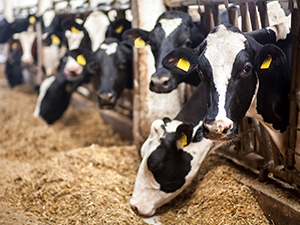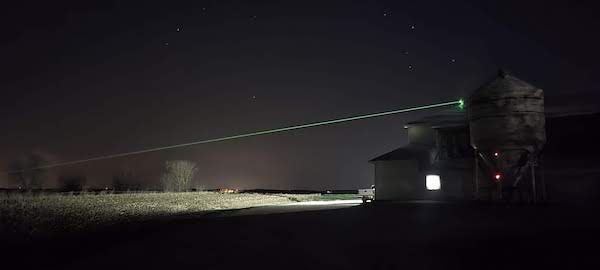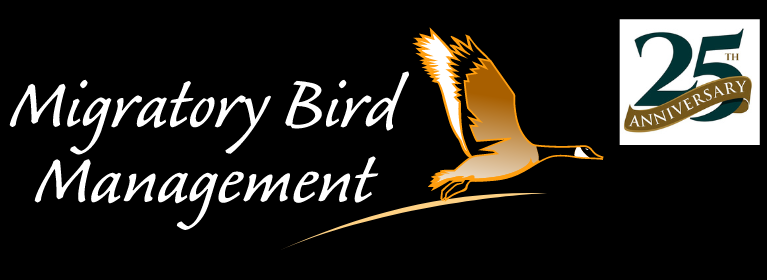How Dairy Farms Can Reduce the Risks of Bird Flu
Apr 2, 2024
Last week, the USDA confirmed cases of the highly pathogenic avian influenza (HPAI), more commonly known as bird flu, in dairy cows in three states – Kansas, Texas and Michigan. Presumed positive tests were also found in herds in New Mexico and Idaho. The USDA’s National Veterinary Services Laboratories (NVSL) believe the disease was first passed to cows in Kansas and Texas from wild birds.
While HPAI has infected other mammals, the positive tests mark the first time bird flu has been detected in dairy cattle, according to the American Veterinary Medical Association (AVMA).
As authorities continue to monitor the developing situation, dairy farmers should learn how other farmers and producers have adopted additional biosecurity measures to respond to the threat.
The Current Bird Flu Situation
The current, highly contagious, bird flu strain has already impacted wild and domestic bird populations worldwide. Since the current strain arrived in the U.S. approximately two years ago, tens of millions of birds have been affected.
Poultry and egg producers have been particularly hard hit. For poultry and egg producers, even one confirmed case of bird flu meant the entire domestic flock had to be culled. A recent study from the University of Surrey found the outbreak “has resulted in approximately 40 million animal losses and economic costs from $2.5 to $3 billion” in the U.S.
The Dairy Industry Prepares for the Effects of Bird Flu
The infected dairy cows have not been culled – instead, they were isolated and are recovering. Farmers should be mindful of the potential for cow-to-cow transmission: according to the USDA, “transmission between cattle cannot be ruled out.”
Cows infected with bird flu have exhibited the following symptoms:
- Significantly decreased lactation
- The production of thick and / or discolored milk
- Decreased appetite
- Fever
Any milk produced by infected cows has either been destroyed or diverted from the commercial food supply. Depending on how many cows become infected with bird flu, these disruptions could significantly impact dairy farmers and lead to direct revenue losses. The Texas Department of Agriculture estimated that impacted herds could “lose up to 40% of their milk production for 7 to 10 days.”
How to Stop the Spread: Dairy Farm Biosecurity Measures
Large wild birds, such as Canada geese, snow geese, swans, and multiple wild duck species, are key transmitters of bird flu. When high concentrations of wild birds congregate on dairy farm properties, their disease-carrying droppings accumulate and can contaminate feed and water.
Unfortunately, we are in the midst of peak migration season – which means over 330 million wild birds will be in flight through May. For dairy farms, the ultimate goal is to deter migrating and other large, wild birds from their properties on a continuous basis.
Automated lasers are an ideal biosecurity solution for dairy farms looking to continuously protect their herds from wild birds. Automated lasers disperse wild birds without harming them or the environment and provide:
- Coverage and range: the laser beam can travel over 1,000 feet and cover multiple acres in minutes;
- Constant motion: lasers can operate 24 hours a day, 7 days a week, with little maintenance; and
- Variable patterns: a variety of custom programs is established for each site, with varying timeslots and speeds, so birds do not habituate to patterns.
A laser in action on a dairy farm.
Protect Your Herd from Bird Flu with Migratory Bird Management
Since 2015, MBM has helped countless customers in the agriculture industry protect their properties and assets from nuisance birds. Our team of experts – which includes biologists, environmental scientists and construction technicians – has helped strengthen biosecurity measures related to wild birds at hundreds of farms.
To learn how lasers can strengthen biosecurity at your dairy farm, or to schedule a site evaluation, contact us.

An AVIX Mark II laser at work on a farm at night.




 0
0
